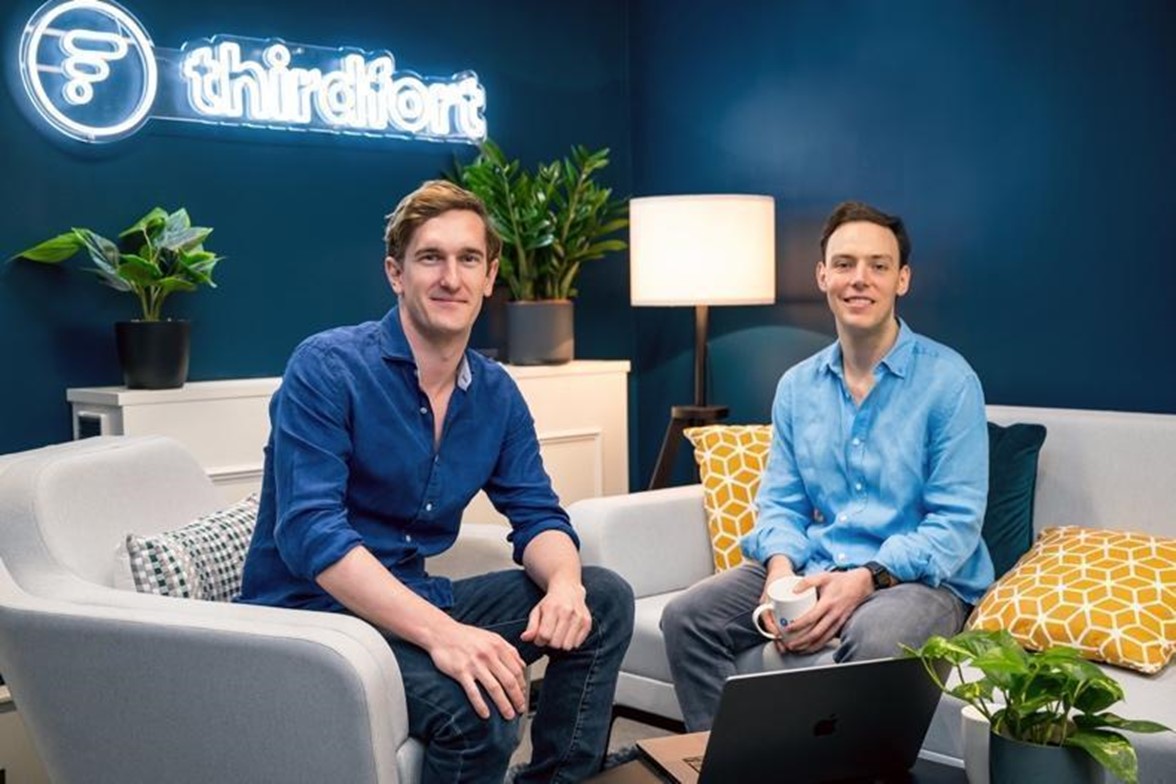We would just like to remind all CA members that starting this Thursday, 1st May,…
Analysis by Thirdfort shows almost a 25% increase over the last two years
New analysis from client due diligence platform Thirdfort, reveals that more than half of solicitors’ firms in scope for AML regulations submitted Suspicious Activity Reports (SARs) last year.
The data shows that solicitors in the UK submitted 3,560 SARs and Defence Against Money Laundering (DAML) SARs in 2022/2023. This equates to 59 per cent of the 6,007 law firms in scope of AML regulations if each firm is submitting one SAR each.
The research by Thirdfort, which combines Know Your Client (KYC), Anti-Money Laundering (AML) and Source-of-Funds (SoF) verification, also shows the total number of SARs and DAML SARs submitted by solicitors increased by nearly 25% over the last two years – up 4% in 2022/2023 from 2021/2022 and by nearly 20% from 2020/2021 to 2021/2022.
| Year | 2020/2021 | 2021/2022 | 2022/2023 |
| SARs | 1,715 | 2,052 | 2,121 |
| DAML SARs | 1,160 | 1,384 | 1,439 |
| Total | 2,875 | 3,436 | 3,560 |
Harriet Holmes, AML Services Manager at Thirdfort, said: “Our analysis shows that over the last two years, there has been almost a 25% increase in the number of SARs submitted by solicitors. This is a welcome development given the critical role that lawyers play as gatekeepers in the regulated sector. It ultimately supports protecting society from fraud and money laundering.
“While SARs submissions from lawyers have grown, so have the risks posed by fraud and money laundering. So, law firms should continue to take a thorough approach to their anti-money laundering obligations and encourage lawyers to engage with the compliance process and raise issues when they spot them. By being more proactive about AML, law firms can stay on the right side of the regulations beyond the submission of SARs.”
Using AI, biometric verification and Open Banking, Thirdfort’s web and mobile app automates KYC, AML and Source of Funds verification. It has transformed a cumbersome process that has historically taken weeks into one that takes just minutes.




